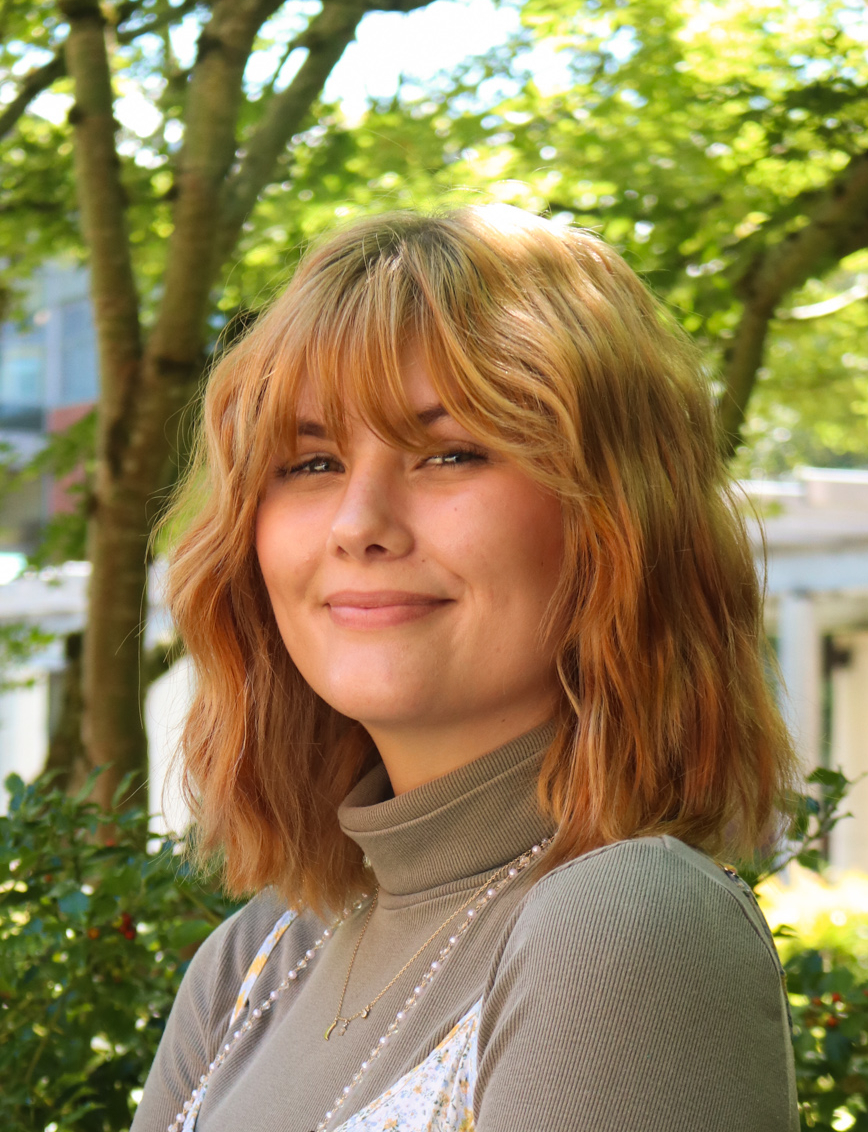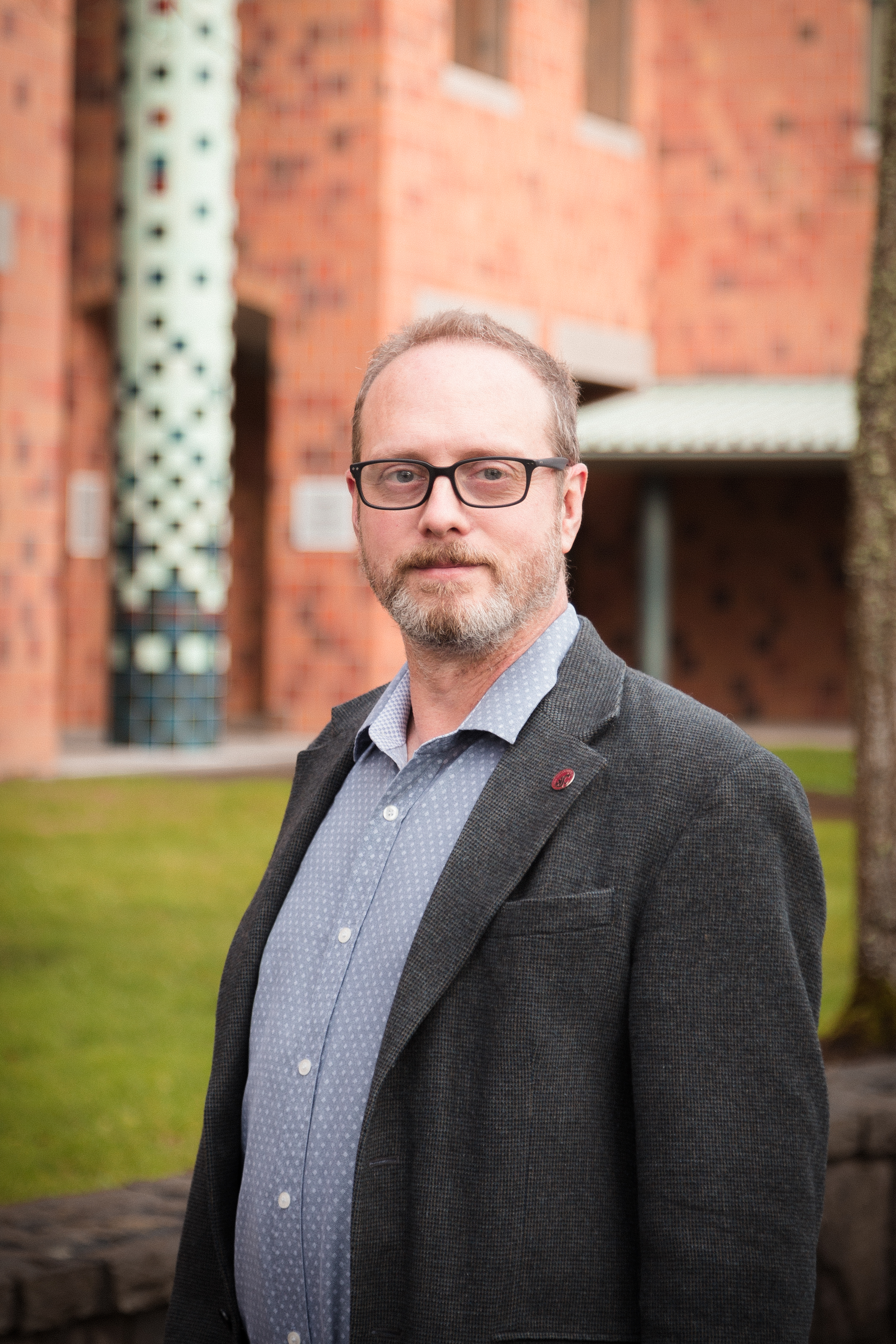Deemed as a safe haven for a wide variety of diverse clubs, WSU Vancouver falls short of one major form of student representation: a severe lack of resources for Indigenous students.
Gone widely unnoticed, Indigenous students have found it hard to access support and find a sense of community within WSU Vancouver. Noting the importance of Indigenous visibility on campus, Steven Fountain, director of Native American affairs, explains Indigenous representation is absent when compared to other universities.
“There are other campuses that are our size and smaller across the northwest that have a center, some of them have their own plank house or something that is visibly a native center on campus and we don’t have that,” Fountain said.
Although it is common to see clubs slowly disband as student leaders graduate, this process was accelerated during the pandemic, as there were little to no on-campus activities for the majority of 2020. The same rings true for the once active Native Students Club, and since its dormancy, there have been minimal discussions over re-establishing the organization.
“I think just getting a little bit more visibility, if there is a club, if there is a sign, if there are tribal flags hanging in the Firstenburg Student Commons, those kinds of things would be harder to ignore and it would help those students find their community here, and I think that’s really important.” – Steven Fountain.
Chris Mead, a junior biology student, first became aware of how limited the resources for Native and Indigenous students are when he began researching potential clubs at the Center for Intercultural Learning and Affirmation.
“I was really excited because the multicultural center would be the best place to go to find these resources. My grandfather was raised in a Native American boarding school, and when I walked in [the multicultural center] and asked about it, I was greeted with blank looks,” Mead stated.
Fountain explains difficulties of navigating college life can be reduced by providing resources for underrepresented groups, such as Indigenous or first-generation students. Many minority students find solace in clubs that provide specific resources, such as scholarships, events and research or career opportunities, and yet Fountain and Mead believe these resources are nowhere to be found for Indigenous students at WSU Vancouver.
“It’s really easy to say you’re serving [over 90%] of your students without doing a thing for our [Indigenous students],” Fountain said. “It’s always an easy thing to point and say ‘well, we’ve got larger constituencies elsewhere,’ but that is also ignoring things like the Centennial Accord. WSU has a memorandum of understanding with a dozen tribes across the region, there’s a treaty language, there’s a lot of things that are legal and moral obligations of land grant schools.”
As someone who has been working with the Native American Advisory Board since 2016, Fountain said initiatives have been put forth to establish more on-campus resources, but the progress is incredibly slow-moving, and has been delayed even further because of the COVID-19 pandemic. However, with the return of in-person classes, the advisory board is now discussing new ways to raise awareness and establish an on-campus community for Indigenous students.

“I think just getting a little bit more visibility, if there is a club, if there is a sign, if there are tribal flags hanging in the Firstenburg Student Commons, those kinds of things would be harder to ignore and it would help those students find their community here, and I think that’s really important,” Fountain explained.
While signs or tribal flags around campus will no doubt increase recognition, the efforts being made to create Indigenous resources by the Native American Advisory Board do not end with just hanging posters. To commemorate Native American Heritage Month, events have been organized to celebrate Indigenous culture and history at WSU Vancouver, including the Cultural Arts and Equity Hip-Hop series’ “Redstone: Restoring Hope through Art and Culture” event occurring on Nov. 5.
Additionally, another resource being introduced to WSU Vancouver’s campus is the Tribal Nation Building Leadership program. Created in 2013 by the Native American Advisory Board, the program is in conjunction with WSU President Kirk Schulz and has been exclusive to the Pullman campus in the past. As of 2021, the program has recently become available virtually for students attending the Vancouver, Tri-Cities and Everett campuses.
“The idea is to build a multicampus cohort of Native American and Alaska Native students who can then work through this program,” Fountain stated. “Course work is a part of that, but it’s really meant to build towards practical internships so that students can work in an area of their interests that will also serve a tribe or an agency.”
While many of these resources are slowly rolling out to the Vancouver campus, Mead and Fountain still agree more needs to be done when properly addressing the needs of all Indigenous students.
“I think that having resources available for students to embrace and learn about their history and their culture [would be beneficial]. There’s not a lot of Native American records, so it would be nice if there were faculty or someone to help facilitate any of those needs,” said Mead.
Having someone on campus who is knowledgeable about Indigenous perspectives, campus life and helpful resources available, Fountain says, would be a beneficial start in assessing community necessities.
“It has become the advisory boards top priority to get an elder in residence position, somebody who would be clearly visible, that could be a mentor to students, that could help facilitate some of that community building, to do some of that outreach work with students to help with networking and so forth to help find community but also bring that expertise to campus,” Fountain said.
Since WSU Vancouver has reopened, there has been a vast resurgence of clubs and activities overall. By taking action on establishing the Tribal Nation Building Leadership program, mentors, tribal flags and events on campus, both Mead and Fountain believe these initiatives could be key successors in providing a welcoming environment for Indigenous students on campus.

Bethanie is a senior studying environmental and ecosystem science at WSU Vancouver.
